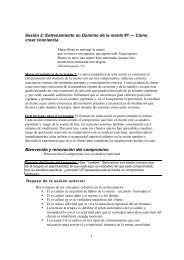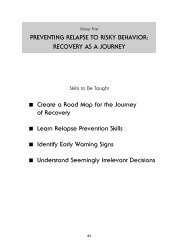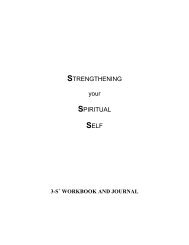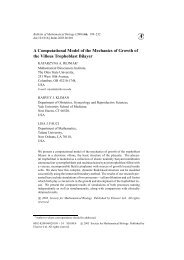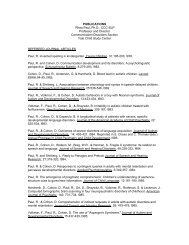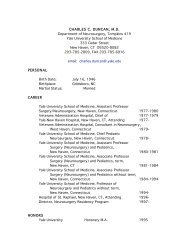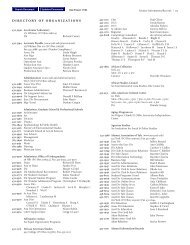The Spiritual Self Schema (3-S) Development Program
The Spiritual Self Schema (3-S) Development Program
The Spiritual Self Schema (3-S) Development Program
You also want an ePaper? Increase the reach of your titles
YUMPU automatically turns print PDFs into web optimized ePapers that Google loves.
slowing as s/he calms him/herself by focusing on the breath, and<br />
begins to view the person, place, situation, or activity with<br />
compassion rather than aversion. Now, having observed how the<br />
actor maintained control and, even in this context, was able to stay<br />
in the role of one traveling your <strong>Spiritual</strong> path, imagine that you,<br />
yourself, are the actor and, in your mind's eye, practice how you<br />
can maintain control when you encounter this person, place,<br />
situation, or activity today. Form a vivid image of yourself in this<br />
context and visualize yourself transforming what once triggered<br />
the activation of a habitual maladaptive self-schema into a<br />
welcomed opportunity for <strong>Spiritual</strong> development. Continue<br />
practicing this visualization until you are able to see yourself<br />
clearly experiencing and expressing your <strong>Spiritual</strong> nature even<br />
when in this context. You will then be ready to enact this<br />
transformation when engaged in your daily activities.<br />
Rehearse (practice) and Record<br />
a) On your Transforming Obstacles into Opportunities Worksheet,<br />
enter those contexts (i.e., people, places, situations, and activities) that<br />
you reflected on above that activate old, habitual self-schemas that<br />
make it difficult for you to experience and express your <strong>Spiritual</strong><br />
nature. Describe how you will prepare for, and ultimately transform,<br />
these contexts into ones in which you can continue experiencing and<br />
expressing your <strong>Spiritual</strong> nature. Refer to your previously completed<br />
3-S Blueprint and identify the warning signals that will alert you to<br />
slow down and become increasingly mindful of, and in control of,<br />
your thoughts, feelings, and behavior. Describe the scripts you will use<br />
(e.g., self-affirmations, recitation of memorized inspirational sayings or<br />
scriptures) and the behavioral action sequences you will enact (e.g.,<br />
deep breathing, visualization exercises, seeking support) and the skills<br />
and tools you will need in order to transform what was once perceived<br />
as an obstacle into an opportunity for <strong>Spiritual</strong> development.<br />
b) Each day during Phase 3, when completing your daily 3-S<br />
Construction Plan enter the potential obstacle that you expect to<br />
encounter that day, and describe how you will use the materials, skills,<br />
and tools you described on your Transforming Obstacles Worksheet (or<br />
58



